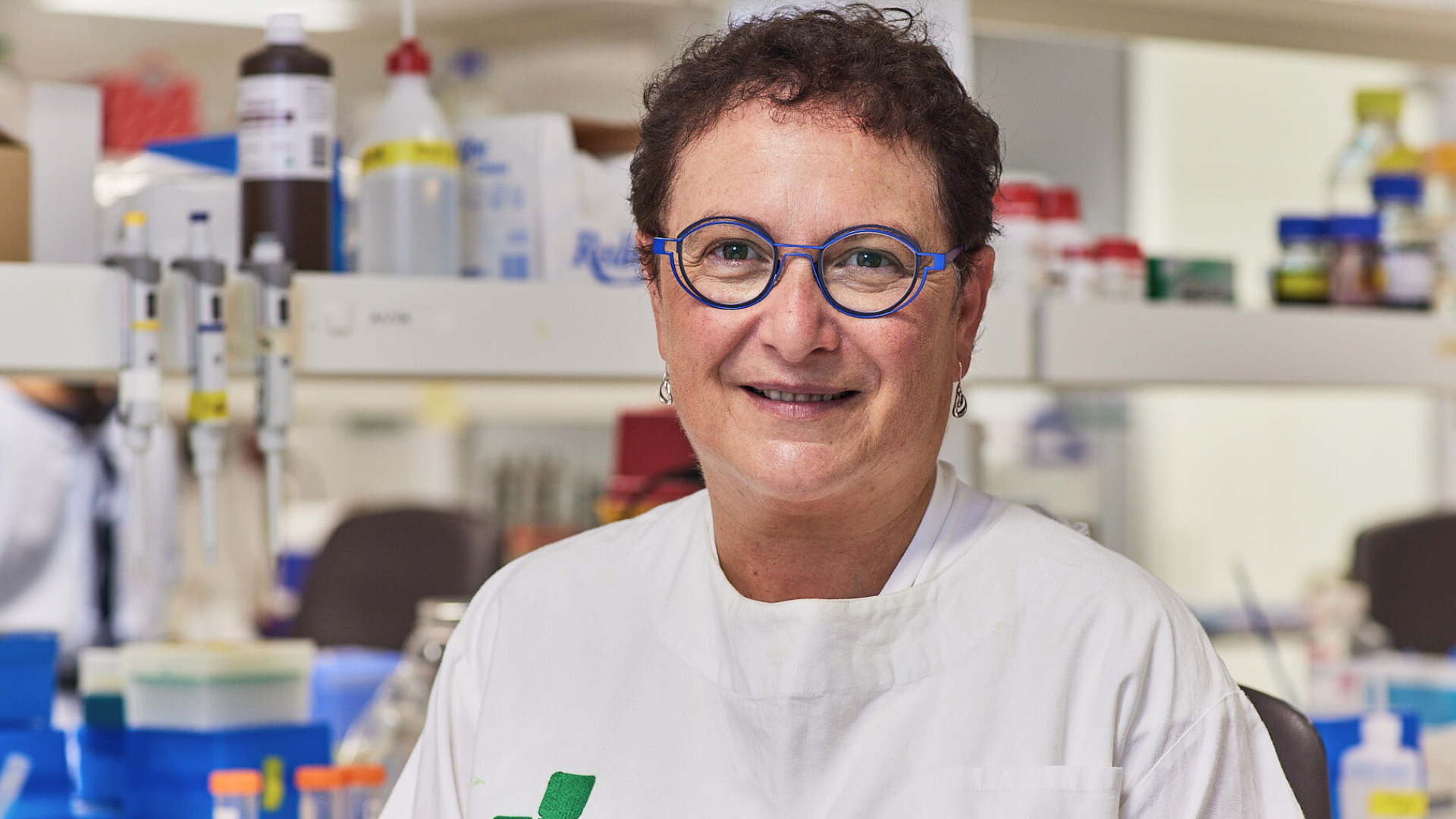Australian researchers have developed an advanced method of growing 3D models of children’s tumours, known as ‘tumouroids’, to accelerate drug testing and improve personalised treatment.
The study, published in EMBO Molecular Systems Biology, was led by Professor Maria Kavallaris AM, Head of the Translational Cancer Nanomedicine Group at Children’s Cancer Institute.
She said the new method addresses key hurdles that have limited tumour testing, including a shortage of patient samples and the lengthy timeframe of traditional approaches.
“Determining which treatment is best for which child in a clinically useful timeframe is a major challenge for precision medicine programs such as ZERO,” Professor Kavallaris said, referring to Australia’s Zero Childhood Cancer Program.
“The technology we’ve developed is a major advance because it allows us to rapidly grow tumours… that maintain the features of the original sample, meaning that they are truly representative of the patient’s tumour.”
The method, which uses 3D bioprinting and a specially engineered hydrogel matrix, produces tumouroids within days rather than months.
These models were successfully tested in the high-throughput drug screening platform used by ZERO, confirming compatibility.
“This development has the potential to significantly improve personalised cancer care, as well as accelerate the development of new effective therapies for children with cancer,” Professor Kavallaris said.
She added: “Our approach represents a major advance in cancer modelling and drug testing, and provides a powerful new tool for precision oncology. We believe it holds great promise for improving survival in children with high-risk cancers.”
The research was supported by Cancer Council NSW and the National Health and Medical Research Council, and involved collaboration with UNSW Sydney, Sydney Children’s Hospital, and international partners.
